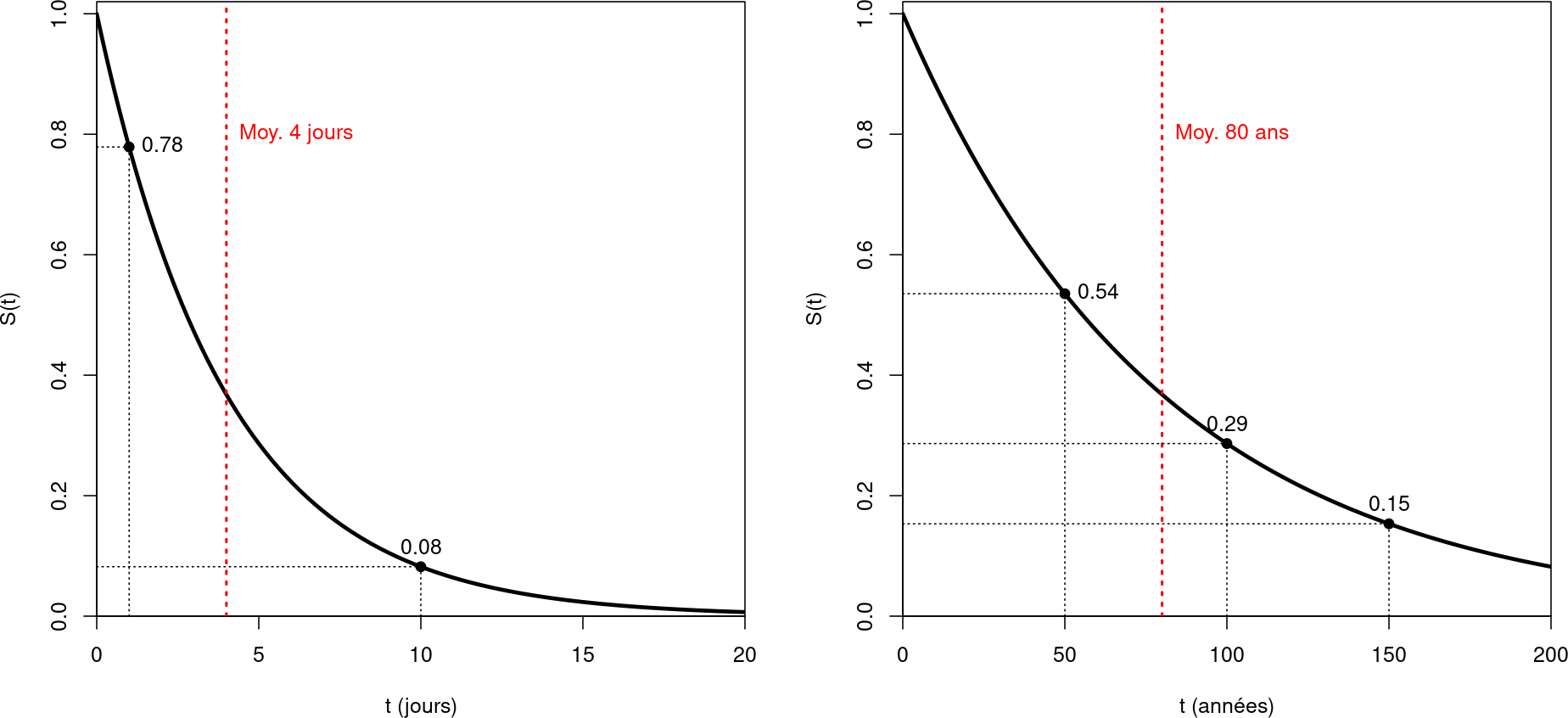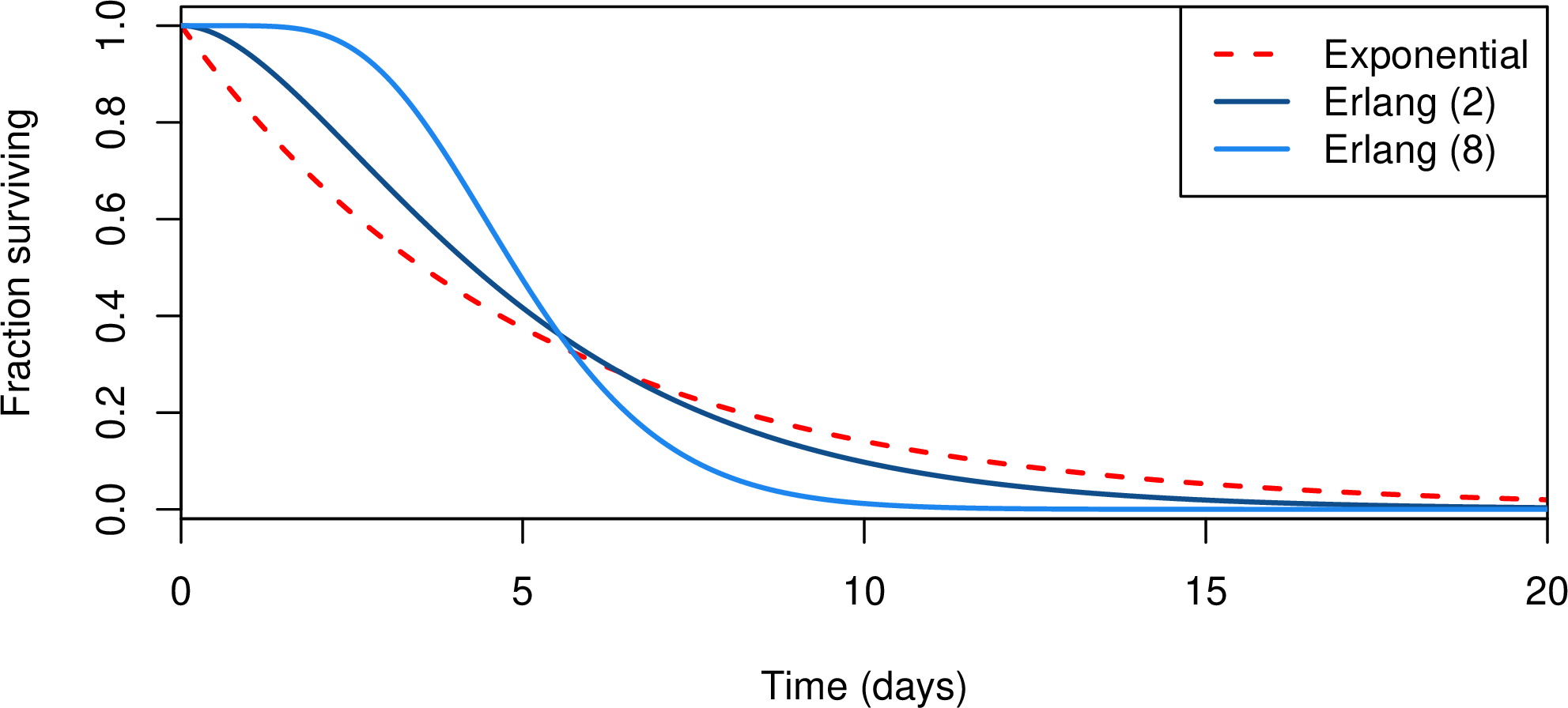
JA. Spatio-temporal spread of infectious pathogens of humans. Infectious Disease Modelling (2017)
And yet mobility drives spatio-temporal spread:
By 2020-01-29, virus in all provinces of mainland CHN
Important when trying to understand global spread, so let me illustrate with the model I used, taking into account model evolution since



Cumulative confirmed case counts in China as reported to WHO was
Let
Let
Moving from ISO-3166-3 (nation or territory) level to smaller sub-national jurisdictions, the picture is more contrasted
Next slide: Example of activation of North American health regions/municipios/counties
In Ecology, introductions have been studied for a while, because they are one of the drivers of evolution and, more recently, because of invasive species
Importation occurs when an individual who acquired the pathogen in a jurisdiction makes their way to other jurisdiction while still harbouring the pathogen
Geographies greatly influence reasoning
Almost exclusively attacked from the perspective of would-be importer
In practice:
| Country | Date travel suspension | Date first case |
|---|---|---|
| Seychelles | 2020-03-03 | 2020-03-14 |
| El Salvador | 2020-03-17 | 2020-03-18 |
| Cape Verde | 2020-03-17 | 2020-03-20 |
| Sudan | 2020-03-17 | 2020-04-05 |
| Marshall Islands | 2020-04-22 | 2020-10-29 |
| Vanuatu | 2020-03-20 | 2020-11-11 |
| North Korea | 2020-01-21 | Unreported |
| Turkmenistan | 2020-03-20 | Unreported |
| Tuvalu | 2020-03-26 | 2022-05-20 (2021-11-02?) |
Time and time again, top jurisdictional level PH authorities take travel interruption measures
What is really the contribution of introductions to overall spread within a jurisdiction?
Suppose
Then
a powerful expression of state's sovereignty, immigration control provides a typical avenue for governments to reassure their citizens and bolster a national sense of belonging, while providing an ideal scapegoat for their own failure or negligence [Chetail (2020)]
<style> section { background: #fff url(../FIGS/inuit-metis-firstnation.png) no-repeat center center; background-size: 800px; } </style>
<div style = "text-align: justify">
</div>
